Tibet’s Secret Temple, Wellcome Collection, London
Two striking Tibetan rugs are amongst the 120 objects that feature in ‘Tibet’s Secret Temple: Body, Mind and Meditation in Tantric Buddhism’ on show at the Wellcome Collection, London to 28 February 2016. The mysteries of Tantric Buddhism and the rich history of its yogic and meditation practices are the focus of the exhibition, which takes its inspiration from a series of murals that adorn the walls of the 17th century Lukhang Temple in Lhasa, Tibet – once used exclusively by Dalai Lamas.

Monk at Luhkang Temple. Production photograph. ‘In Search of Tibet’s Secret Temple’. David Bickerstaff, 2015.
These paintings depict yogic asana and other practices once only taught to the most advanced practitioners. They are reproduced to scale and backlit in a manner which allows the incredible detail of the fragile murals to be observed. The carpet of a flayed man was shown in New York by Rossi & Rossi at Neuhoff Gallery during Asia Week 2008, and appeared in HALI 156 where Anna Marie Rossi comments: “At first glance, the subject matter appears to be extremely violent and macabre, even frightening; in reality these carpets were used during religious ceremonies and had a solely purifying function.”
Thankas depict the traditional Tibetan medical system and its representations of subtle physiological processes essential to optimal health, and dancing skeletons represent the awareness of life’s fundamental impermanence and the transcendence of fear and inhibition. Ornaments made from human bone, bowls carved from skulls, ritual implements for cutting away the ego as well as masks and statues of fierce Tibetan deities, evoke darker aspects of existence that Tantric Buddhism embraces in its journey to wholeness. The scientific impact of the once secret practices upon psychological and physiological health and our understandings of human consciousness are also addressed.
Ian Baker, a Tibetan Buddhist scholar who served as the exhibition’s external curator, said: “This exhibition represents the first time that objects connected to secret Tantric Buddhist practices have been displayed openly to the public. The exhibition highlights the relevance of these practices in today’s global society and their ongoing contribution to a deeper understanding of the possibilities and potential of human existence.”
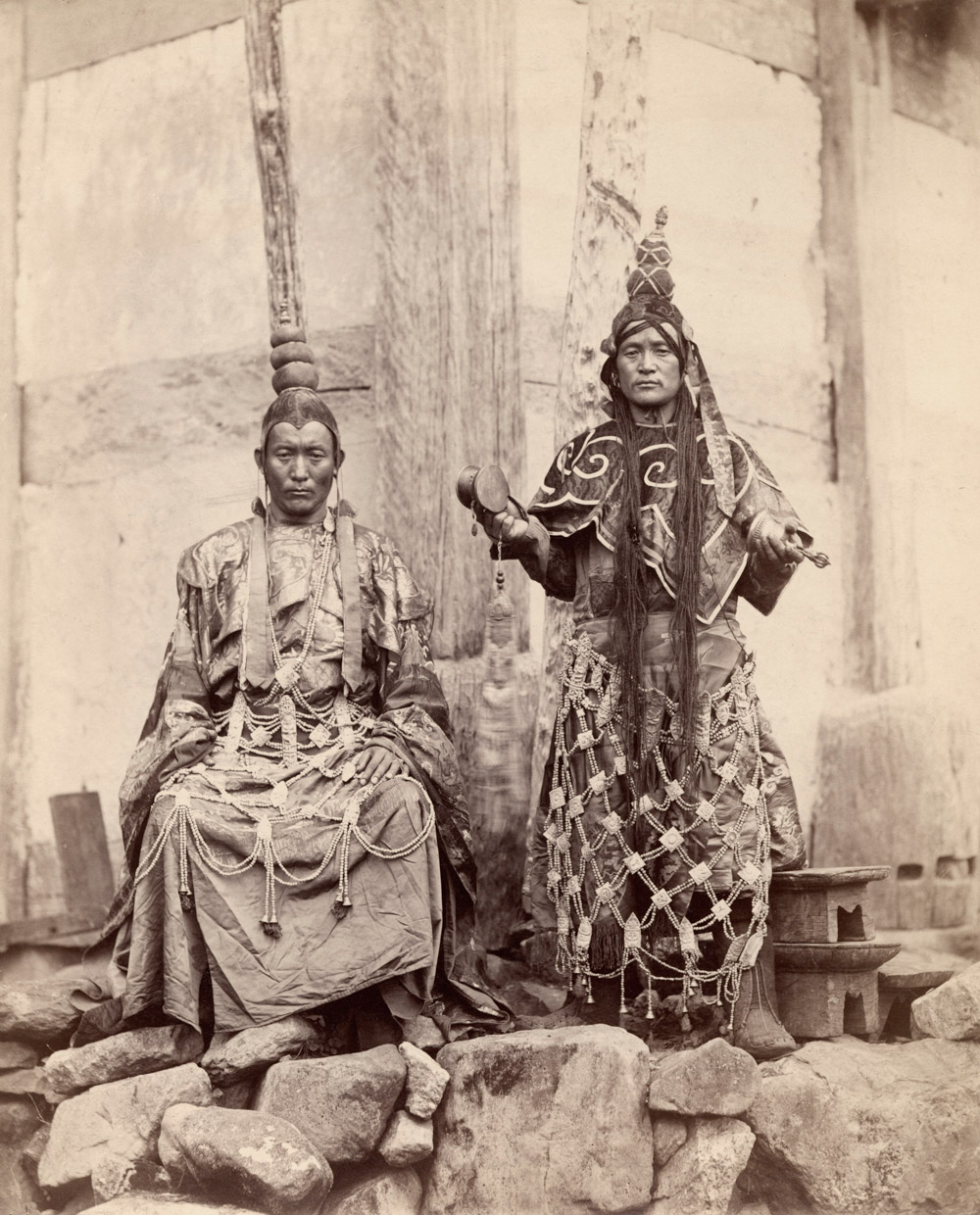
Lamas at Talung in Sikkim, East India. Johnston and Hoffman, Photograph, Sikkim, India, 1897. Royal Geographical Society.
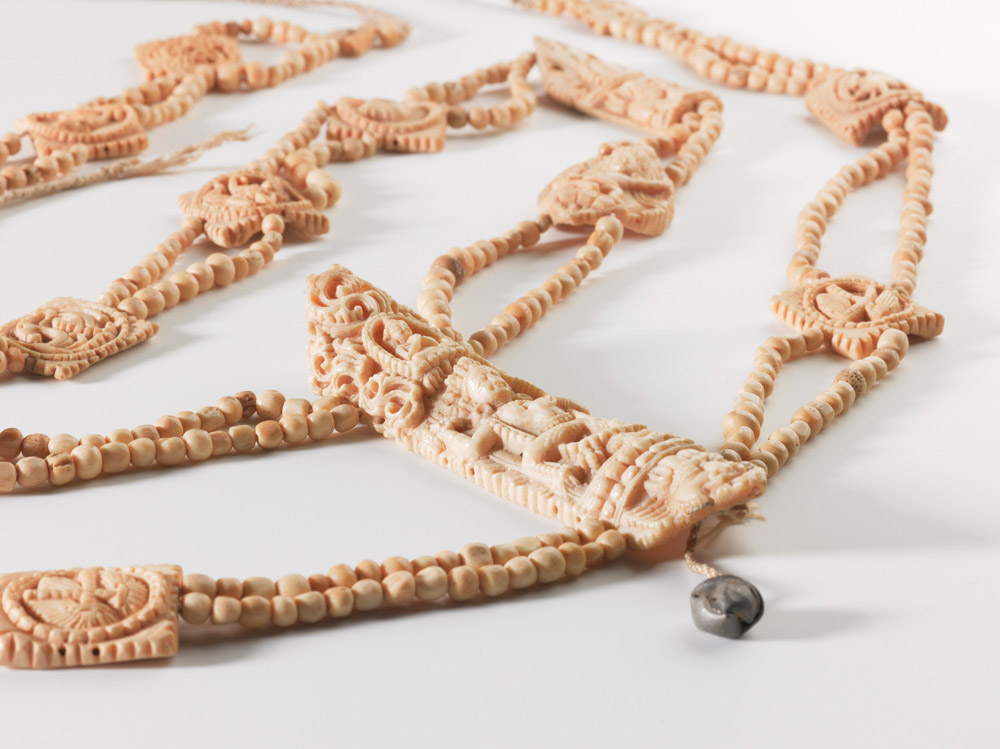
Pectoral made of carved human bone, strung on threads, Tibetan, 19th century. Credit: Science Museum/Science and Society Picture Library.



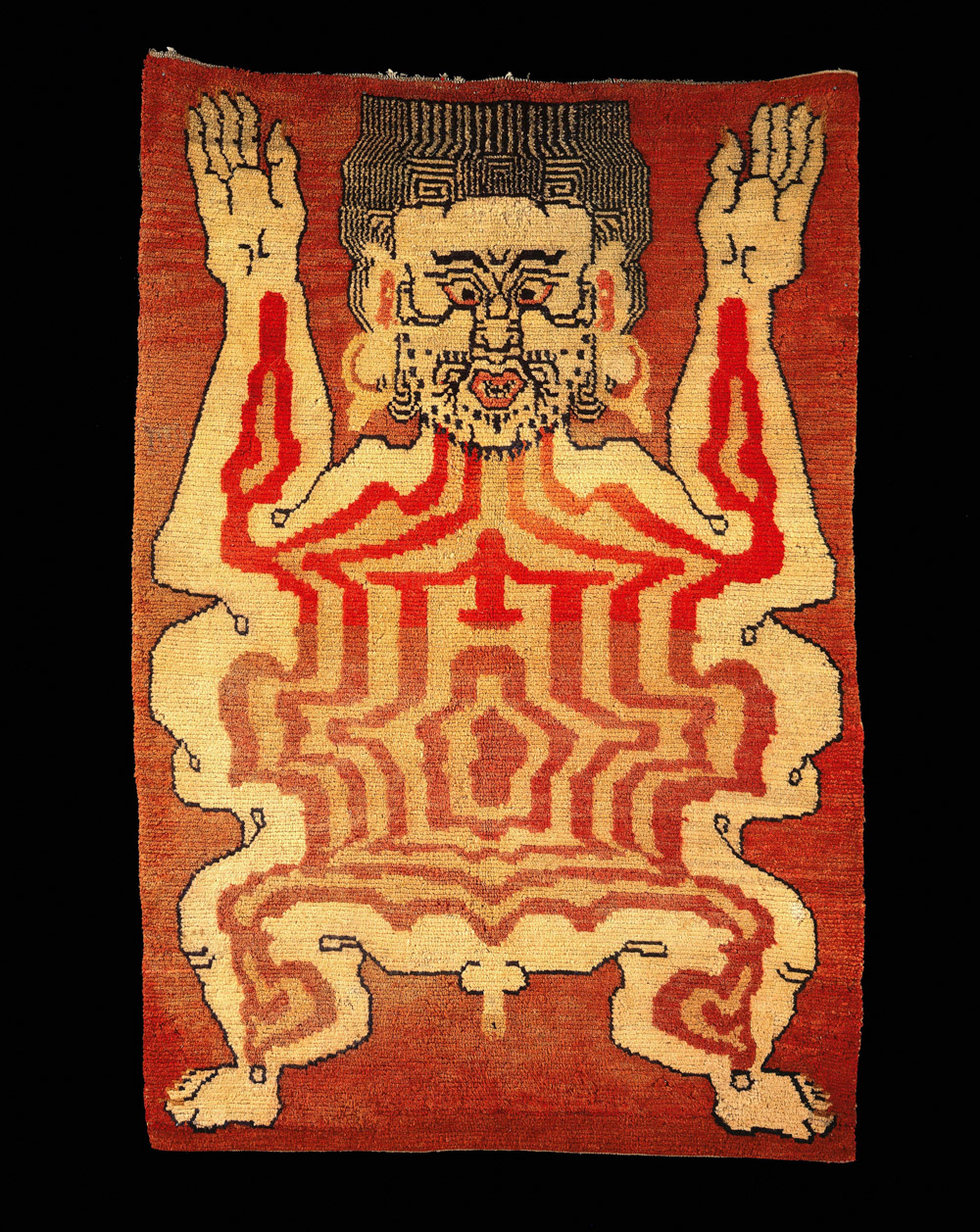

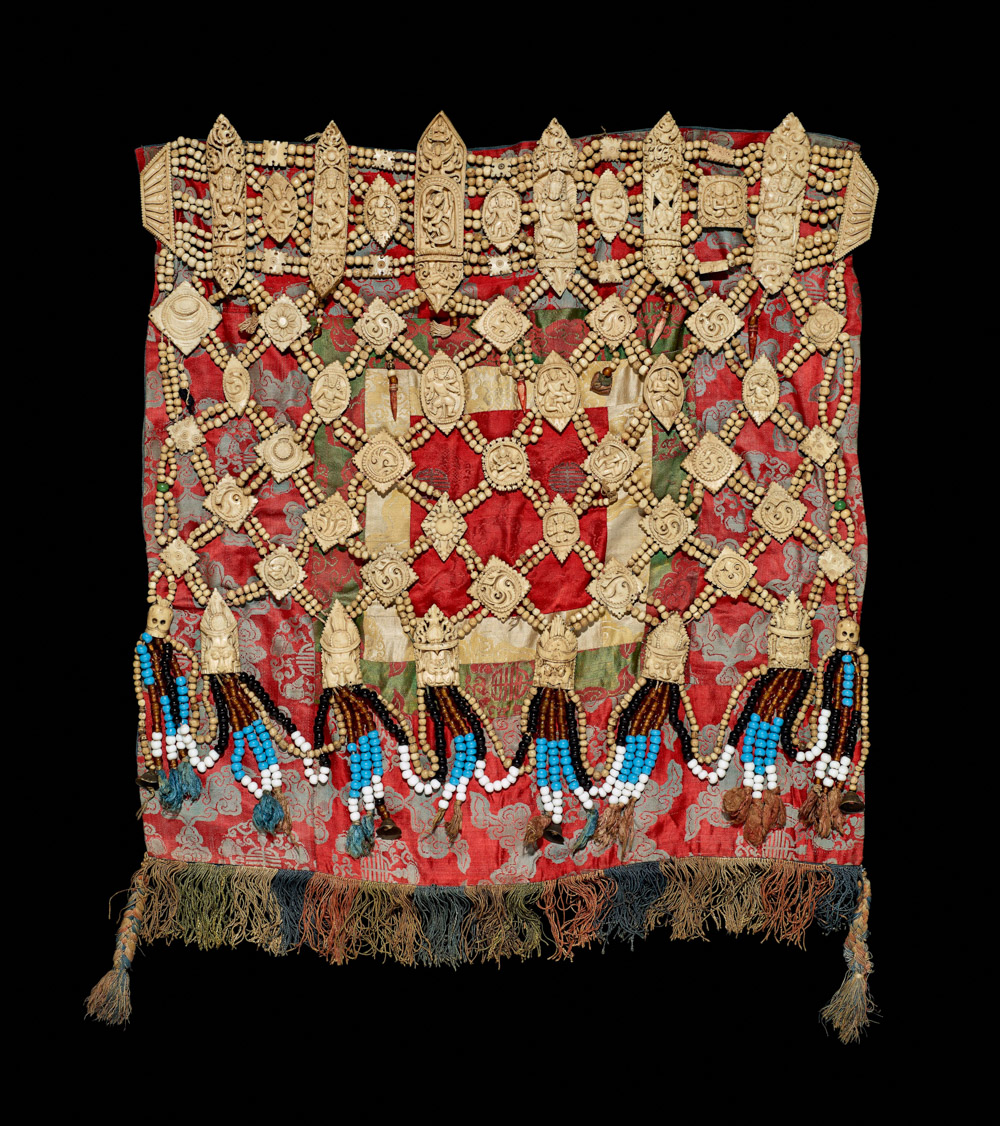
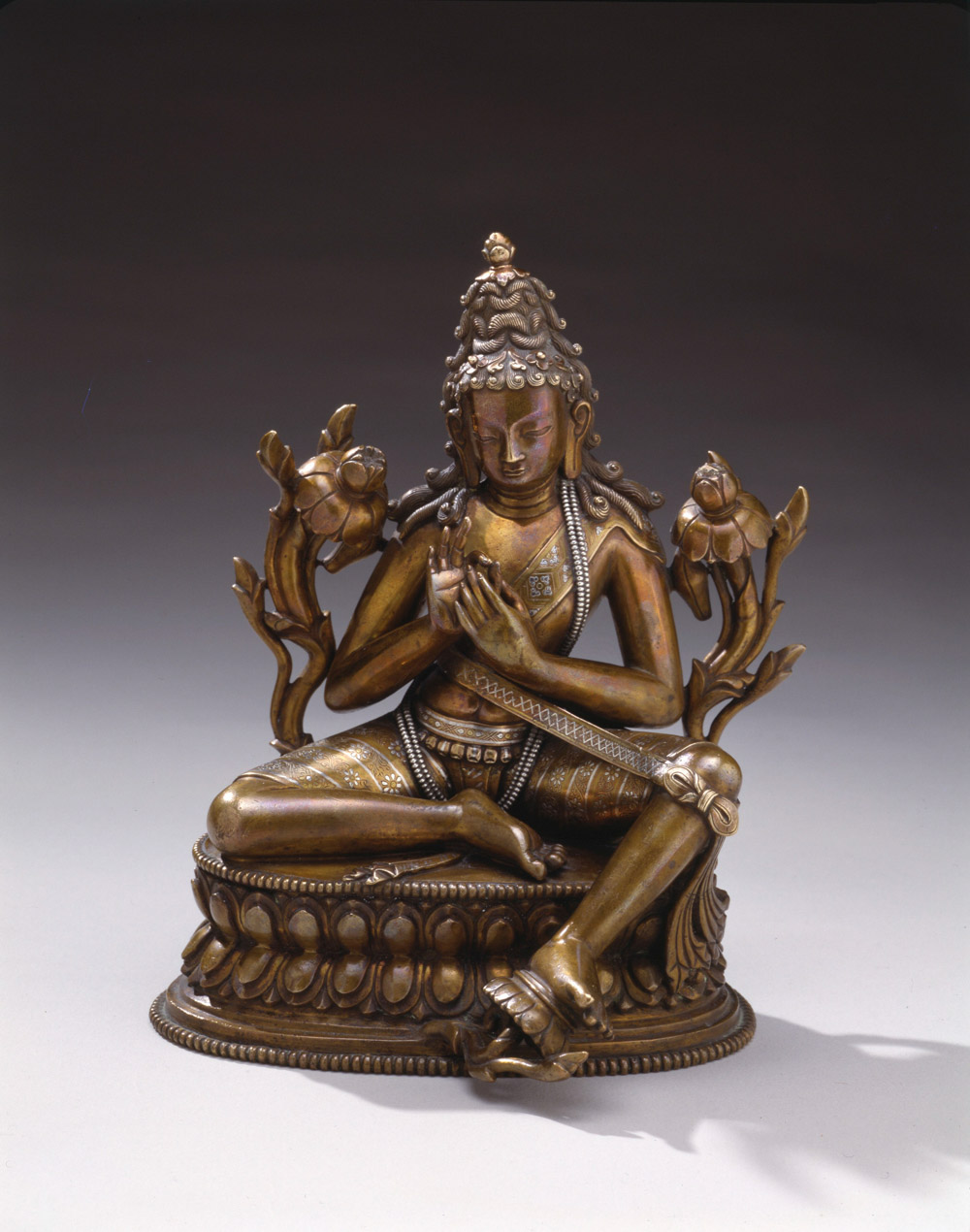






















Comments [0] Sign in to comment